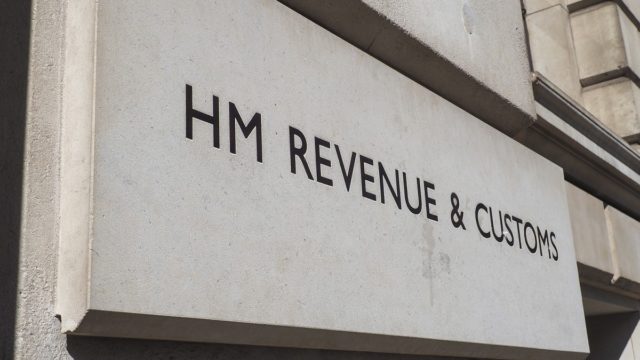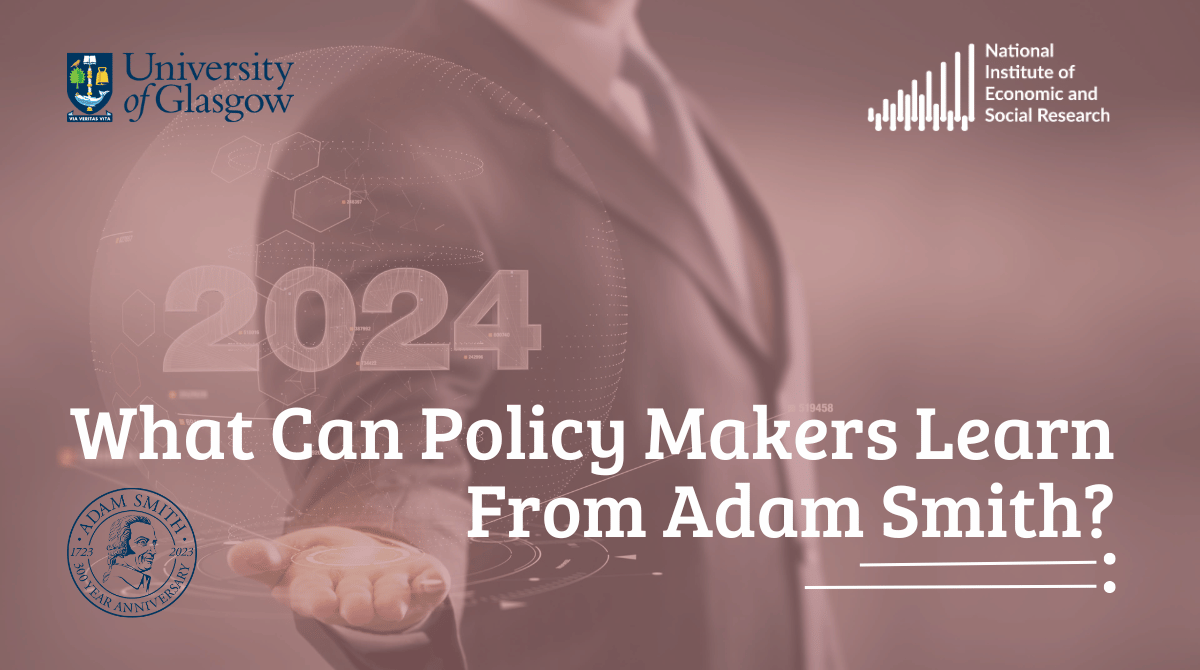Poverty and Debt
 Pub. Date
Pub. Date
 Pub. Type
Pub. Type
This research has been supported by the Joseph Rowntree Foundation.
<strong>Summary points</strong>
<ol><li>There is widespread concern about rising levels of debt prompted by the rising overall levels of debt and the increasing reports of people having difficulties in managing their debts.</li>
<li>Analysis of the data on wealth and borrowing in the British Household Panel Survey in 1995 and 2000 finds that the non-mortgage debts of households headed by people aged under 35 are higher than those of households headed by older people.</li>
<li>However when one looks only at the households with unsecured debt, then the group of households headed by people aged 35-50 held more debt than did households headed by younger and older people.</li>
<li>Unsecured debts of people in poverty were as a proportion of their incomes, considerably higher than those of the population at large but, at around 10% of income the burden was not large in absolute terms. The average reported debts of people experiencing unemployment were at worst only slightly larger. Econometric analysis suggested that unsecured debt levels were raised by 4% of income for households below the poverty line.</li>
<li>Divorced women and single women with children had, on average very low levels of wealth but they did not have particularly large debts. The same was true of households created by family breakdown between 1995 and 2000. Only households whose heads described themselves as separated had relatively large unsecured debts, at just under 25% of their incomes on average. Our econometric analysis suggested that recent family breakdown raised debt as a proportion of income by 42% but the reliability of this finding is affected by the small number of households experiencing breakdown and the finding is not statistically significant.</li>
<li>There is evidence that taking on debt is in part motivated by an expectation of rising income in the near term. A household expecting its income to rise by 50% over the next two years would, on average, take extra unsecured debt of 5.8% of current income and total extra debt of 28% of current income compared with a household which does not expect its income to rise.</li>
<li>A life-cycle framework is used to investigate the borrowing and saving patterns households would adopt if they planned to keep their spending growing smoothly up age 65 and staying constant after that. This shows that between 1995 and 2000, if all households had followed the framework then, before taking initial assets and liabilities into account, 18% of households would have borrowed or dissaved and 6% would have borrowed or dissaved more than one year's income.</li>
<li>This borrowing is a consequence of expectations of rising income; the data show that the income of this group did indeed rise relative to the average over the period 2000-2002 </li>
<li>A much higher proportion of people in poverty would have needed to borrow to smooth out their expected consumption. 53% of households in poverty in 1995 would have reached 2000 having borrowed or dissaved and 28% would have borrowed more than one year's income. Again the incomes of this group rose relative to the average over the period 2000-2002.</li>
<li>Overall changes in people's asset positions are only partially influenced by life-cycle factors. There also seems to be a tendency to spend out of existing wealth but, offsetting this, to let house price gains accrue.</li>
<li>Many people who would have benefited from reducing their wealth or going into debt over the period 1995 to 2000 actually let their wealth increase. However people who actually reduced their wealth between 1995 and 2000 tended to do it by considerably more than the life-cycle model suggests.</li>
<li>A general finding from this study is that there seems to be a large group of people and particularly people in poverty who would have been substantially helped by better access to credit; they were unable or unwilling to borrow despite the fact that they could reasonably expect rising incomes and those expectations, at least on average, seemed to be fulfilled</li>
</ol>





















